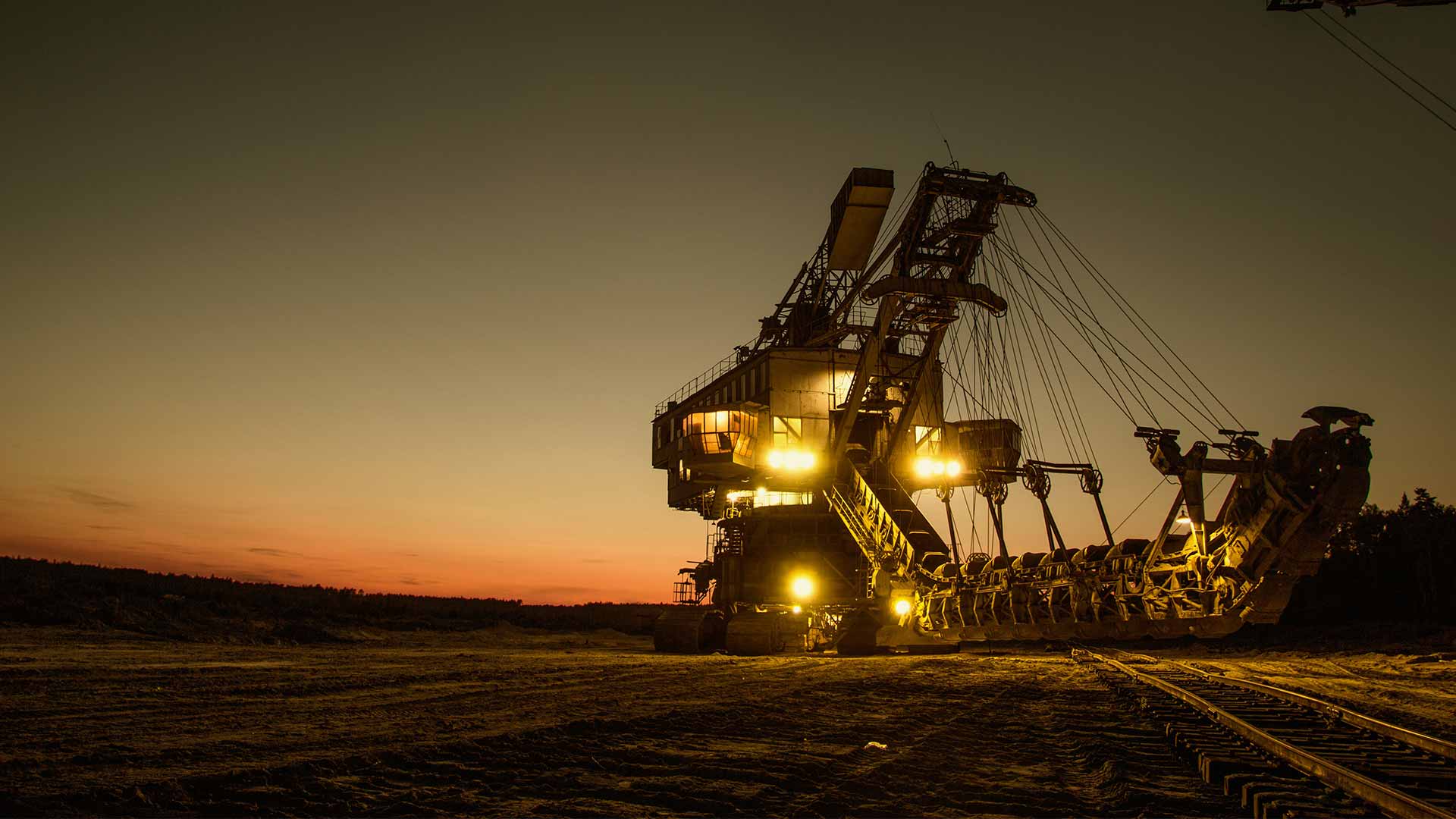Construction workers are at greater risk of being injured in a fall accident because they often work at elevated heights. Any accidental slip can lead to catastrophic injuries.
In fact, falls are the leading cause of construction site accidents and made up more than 38 percent of all construction-related deaths in 2015, according to the Occupational Health and Safety Administration (OSHA).
OSHA requires employers to maintain a safe work environment and properly train workers on safety measures. If you believe you were injured in a construction accident caused by an employer’s failure to provide proper training or safety equipment, you may be entitled to compensation. An experienced personal injury lawyer in Las Vegas can explain your rights and the compensation that might be available in your case.
Common Injuries from Falls
Workers can sustain serious injuries from construction site falls, especially when falling from a distance of six feet or more. Some common injuries associated with construction site falls include:
- Traumatic brain injuries
- Spinal cord injuries
- Fractures
- Amputation
- Severe burns or abrasions
- Permanent disabilities
- Death
These injuries often have devastating effects on injured victims and their families. Victims may face substantial medical expenses and costly and time-consuming recovery.
A workers’ compensation claim can help you recover compensation for your injuries and it may be possible to file a third-party lawsuit seeking additional damages in certain situations.
Common Causes of Fall Accidents
Fall accidents at construction sites are quite common. However, many of these accidents may have been prevented if the employer followed proper safety procedures and provided employees with the necessary training and equipment.
Employers in the construction industry often violate several of OSHA’s safety requirements designed to prevent workplace accidents. Lack of protection against falls is the most frequently cited OSHA violation while failing to provide general requirements for scaffolding is the third most frequent violation reported.
Some of the common reasons construction fall accidents occur are:
- Lack of safety equipment – Employers are often required to use fall protection systems, guardrails, covers, and other systems to prevent falls on site.
- Lack of safety training – Employers are required to train employees about known job hazards and about how to operate safety equipment properly.
- Dangerous working conditions – Employees who work under dangerous conditions such as unprotected sides of a building, on scaffolding in disrepair or around worksite debris have a high risk of being injured on the job.
OSHA Fall Protection Requirements
OSHA has implemented a number of safety standards that employers must meet when construction workers are working at high, elevated positions. This includes the following:
General Protection Requirements
Employers are responsible for providing provide fall protection systems and ensuring that walking and working surfaces have the strength and structural integrity to support workers before any employees work on these surfaces.
Generally, employers are required to provide fall systems when employees are working higher than six feet above another surface.
Unprotected Sides and Leading Edges
OSHA requires the use of guardrail systems, safety net systems, or personal fall arrest systems if there is an unprotected side or leading edge with a drop of more than six feet or more. Additionally, a toeboard must be installed around unprotected edges.
Hoist Areas
Employees who work in a hoist area are to be protected from falling six feet or more by using a guardrail or personal fall arrest system.
Holes
Covers, guardrail systems, or personal fall arrest systems are to be used to protect workers from falling through holes or skylights that are six feet or more above lower levels.
Excavation
Employees at the edge of an excavation site that is six feet or more in depth must be provided with a fence, barricade, or guardrail system if the excavation site is not obvious.
Dangerous Equipment
Guardrail systems or equipment guards must be erected to prevent an employee from falling onto dangerous equipment that is less than six feet below him or her.
Additionally, guardrail systems, safety net systems, or personal fall arrest systems are required when employees are six feet or higher above such equipment. Toeboards must also be installed around these areas as well.
Get Legal Help After a Construction Site Fall
Victims of construction accidents may have several options to recover compensation for their medical expenses, lost wages, and pain and suffering.
If you or someone you love suffered a fall injury at a construction site, do not hesitate to contact Henness and Haight’s construction accident attorneys in Las Vegas. We can discuss your claim during a free, no-obligation consultation to determine if you may be entitled to file a lawsuit against a negligent third party.
All of our services are provided on a contingency fee basis. This means we will not charge you upfront for our services and you only have to pay us if we recover compensation for your claim.
